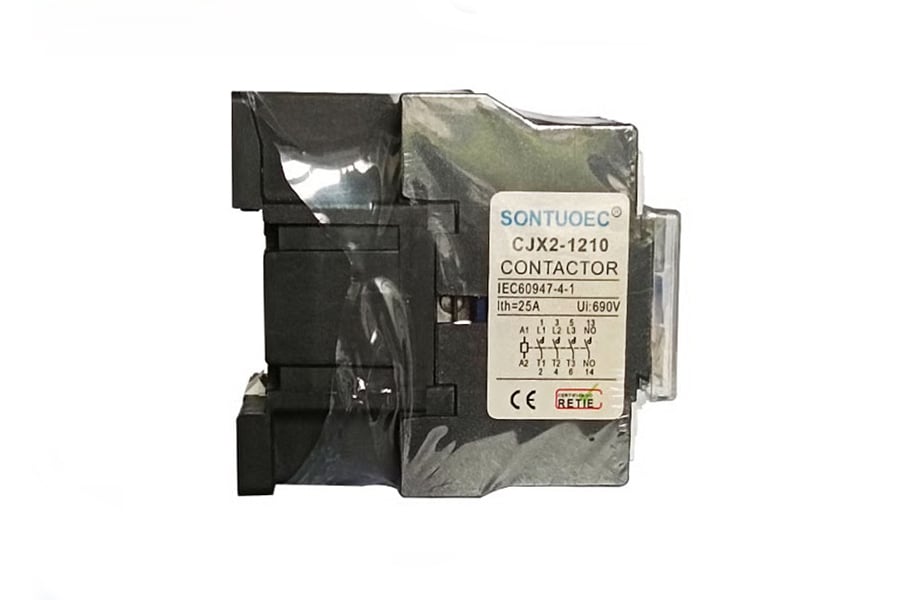Table of Contents

When it comes to selecting a dust protection cover for your 220V AC contactor, it's essential to understand the specifications involved. These covers play a crucial role in safeguarding your contactor from dust and debris, ensuring optimal performance and longevity. In this article, we will delve into the various specifications that you should consider when choosing a dust protection cover for your 220V AC contactor.
Material Composition
One of the key aspects to look for in a dust protection cover is the material composition. The cover should be made from durable and high-quality materials that can withstand the rigors of daily use. Common materials used for these covers include plastic, rubber, and metal. Plastic covers are lightweight and cost-effective, while metal covers offer superior durability.
IP Rating
Another important specification to consider is the IP (Ingress Protection) rating of the dust protection cover. This rating indicates the level of protection that the cover offers against dust and water. For optimal dust protection, look for a cover with a high IP rating, such as IP65 or higher. This will ensure that your 220V AC contactor is shielded from dust particles of all sizes.
Size and Compatibility
It is crucial to choose a dust protection cover that is the right size and compatible with your specific 220V AC contactor model. Before making a purchase, carefully measure the dimensions of your contactor and ensure that the cover will fit securely over it. A snug fit is essential to prevent dust from entering and causing damage to the contactor.
Ventilation Features
While dust protection is vital, it is also essential to consider the ventilation features of the cover. Proper ventilation ensures that the contactor remains cool during operation, preventing overheating and potential failure. Look for covers with strategically placed vents or airflow channels to facilitate heat dissipation.
Installation Mechanism
Consider the ease of installation when choosing a dust protection cover for your 220V AC contactor. Opt for covers that come with simple and secure installation mechanisms, such as snap-on designs or screw-on fasteners. This will make it easier to install and remove the cover for maintenance purposes.
Temperature Resistance
Ensure that the dust protection cover you choose offers adequate temperature resistance. Contactors are often exposed to high temperatures during operation, and the cover should be able to withstand these heat levels without deforming or melting. Look for covers that are rated for the temperatures typically encountered in your application.
Impact Resistance
Accidents happen, and your dust protection cover should be able to withstand accidental impacts without breaking or cracking. Opt for covers that are rated for high impact resistance to ensure that your contactor remains protected even in rough working environments.
UV Resistance
If your 220V AC contactor is installed in an outdoor or exposed setting, consider choosing a dust protection cover with UV resistance. UV rays can degrade the cover over time, leading to reduced effectiveness and durability. A UV-resistant cover will ensure long-lasting protection for your contactor.
Certifications and Standards
When selecting a dust protection cover, look for certifications and compliance with industry standards. Covers that meet specific standards, such as UL or CE certifications, have been tested for safety and quality, ensuring that they provide reliable protection for your 220V AC contactor.
Maintenance Requirements
Finally, consider the maintenance requirements of the dust protection cover. Choose covers that are easy to clean and maintain to ensure continued effectiveness in shielding your contactor from dust. Regular maintenance will prolong the life of both the cover and the contactor itself.
